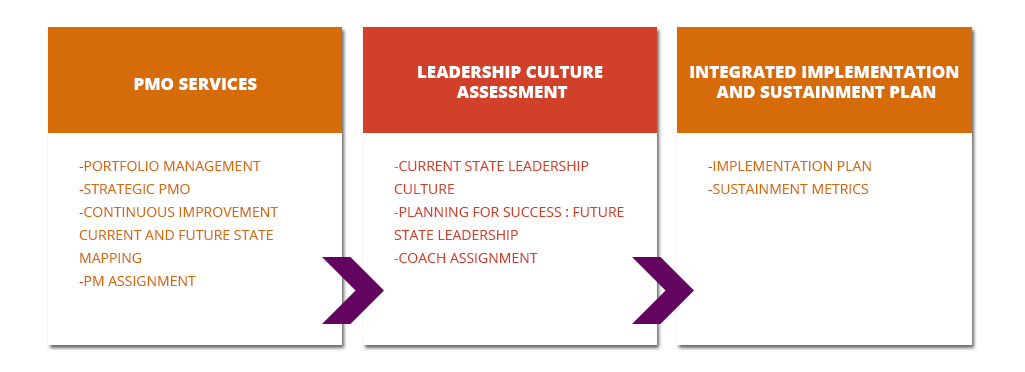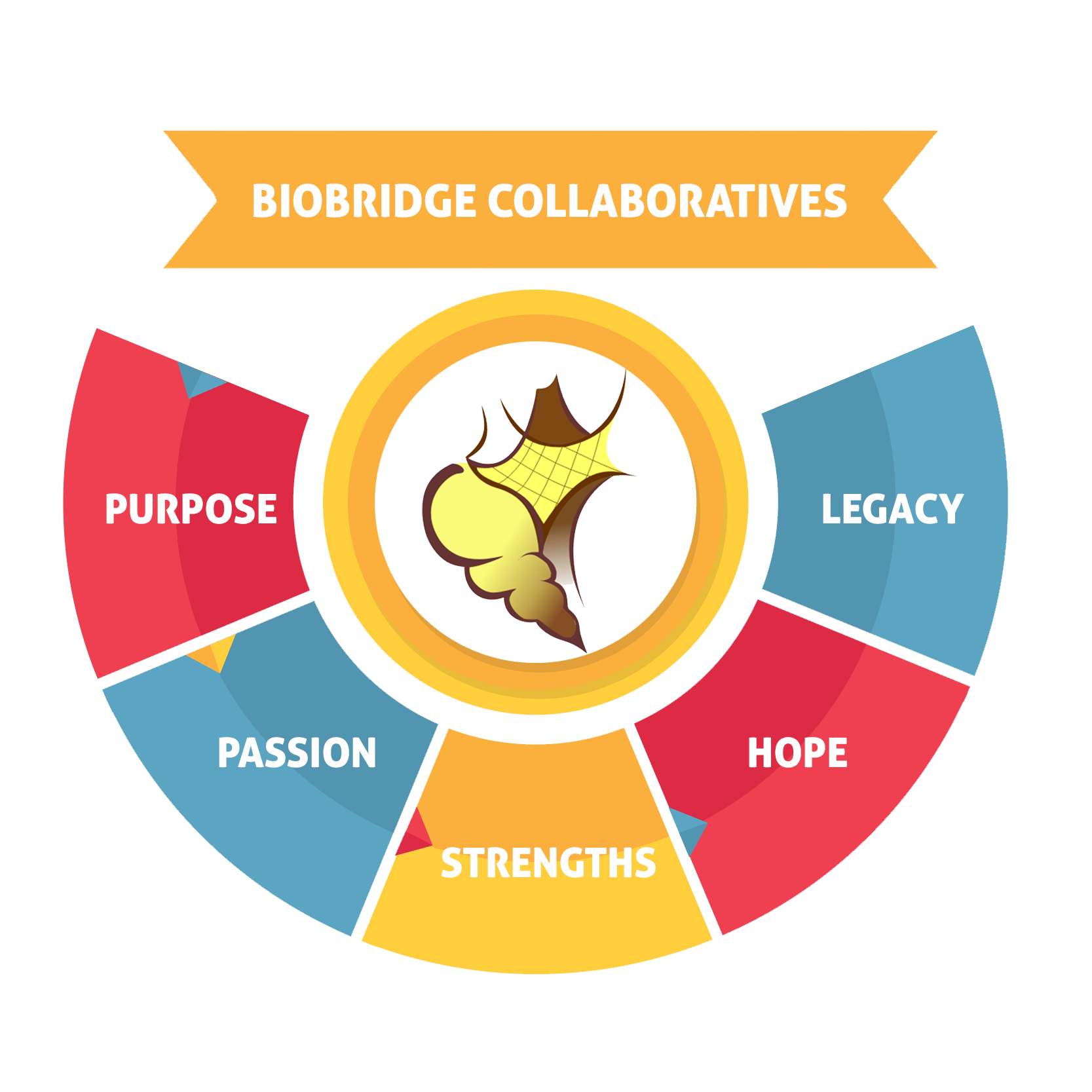
Ulka Shrikhande, Founder
With 10+ years of cumulative experience in multiple sectors: including academia, non-profit organizations, start-ups and Fortune 500 companies, her personal vision is to help people discover the best in themselves and use it to bring out the best in others. She combines this vision with her expertise in Strategic portfolio & program management to bring together an integrated plan for organizational success.
SEND A MESSAGE
Our Philosophy:
Possibilities are infinite with a robust strategy is driven by the right workplace culture. We help you do just that. We deliver integrated solutions for total organizational success.
A robust strategy without the right culture is like trying to run a Ferrari on Diesel


Our Passion Statement- Values
1. Purpose: Use our Strengths to bring out the best in our Clients
2. Passion: Build meaningful connections
3. Strengths: Program and Portfolio Management, Strategic Planning, Leadership Development
4. Hope: Bring Peace to Performance
5. Legacy: Successful Business Strategies led and implemented by highly self-aware leaders
In our role as a Strategic Organizational Consultants, we drive business success through the development and integration of strategic planning initiatives and workplace culture optimization. We are known for
• Strategic planning and execution of portfolio and program management for business PMOs
• Continuous process improvement initiatives
• Cross-functional leadership that drives successful new product development life-cycle from design to launch
• Leadership Development and workplace culture coaching and training programs that empower methodologies to bring peace to performance
Consulting Services
• PMO Implementation
• PMO Leadership Development
• Program and Portfolio Management
Coaching
• Strengths based conversations for Managers
• Strengths based conversations for Teams
• Strengths based conversations for families to foster personal-professional wellness
Backbone Organization for Collective Impact Projects
Collective Impact is a framework for facilitating and achieving large scale social change. It is a structured and disciplined approach to bringing cross-sector organizations together to focus on a common agenda that results in long-lasting change.
What is a Backbone Organization and what does it do?A defining feature of the Collective Impact approach is the role of a backbone organization – a separate organization dedicated to coordinating the various dimensions and collaborators involved in the initiative. Backbone organizations essentially pursue six common activities to support and facilitate collective impact which distinguish this work from other types of collaborative efforts. Over the lifecycle of an initiative, they: 1. Guide vision and strategy 2. Support aligned activities 3. Establish shared measurement practices 4. Build public will 5. Advance policy 6. Mobilize funding
Strategic Planning and Execution
• Continuous Process Improvement • Product Development Roadmap • Key Performance Indices Definition and Identification • Stakeholder Management • New Product Development Portfolio Strategy Plan • Process Workflow Optimization
Training and Development


Bringing Passion to Performance - Ulka Shrikhande
Bringing Passion to Performance is about transforming workplace productivity by using a simple but powerful principle: Discover the best in yourself and use it to bring out the best in the other”. This is a powerful enabler and drives organic engagement-both at work and at home. Research indicates that on an average, the annual cost of disengagement in the US alone is estimated to be $450-$550 Billion with 33% engagement, according to Gallup’s 2017 employee engagement report. This is concerning at multiple levels. This book will uncover practical, implementable solutions to optimize team productivity at two levels:
- The Organization’s Structure or the “What” of the company- The Organization’s Culture or the “How” of the company.
When Strategy and Culture support each other, the possibilities for companies is infinite. Alone, neither will facilitate profit maximization for the organization. This book will serve as a solid reference to team members and leaders alike. It will take a deeper dive into the “How” or culture of the workplace as a roadmap to success. The book will also include a separate section to provide an overarching research on strategic roadmap implementation plans and how it should integrate with the organizational culture.
This book focuses on developing positive teams, the lowest unit in an organization’s structure and one that is closest to the implementation of strategic initiatives. Bringing Passion to Performance is based on time tested principles of positive psychology, collective intelligence, self-discovery and self-care, a culture of relentless optimism without compromising quality, and above all, a simple universal experience and fact that the human mechanism is designed to operate optimally when in states of peace and happiness. From our daily life experiences, it is easy to note that we do more of what makes us happy and less of what drains our energy. It is also evident that the state of happiness replenishes our energies and any state of unhappiness or distress depletes it. Given that managing time and energy is the key to productivity, it makes it imperative that improving the work culture can significantly transform workplace productivity in conjunction with robust strategic roadmaps. If you seek answers to any of the following questions, the book is for you.
- How can I be collaborative in a competitive environment?
- To Be or Not to Be (Engaged) at work, that is the question!
- Can a high-pressure culture drive long-term engagement?
- What can I do as a team member, leader or executive of my organization to bring peace to performance?
- Is my annual review a true reflection of my performance? Does my self-evaluation have any true value?
- As a manager, how productive was I able to make my team?
- How many productivity dollars have we left on the table this year?
- Is my organization’s culture truly aligned with the organization’s strategy?
- Do my organization’s strategies value employees as assets or treat them as a liability?









